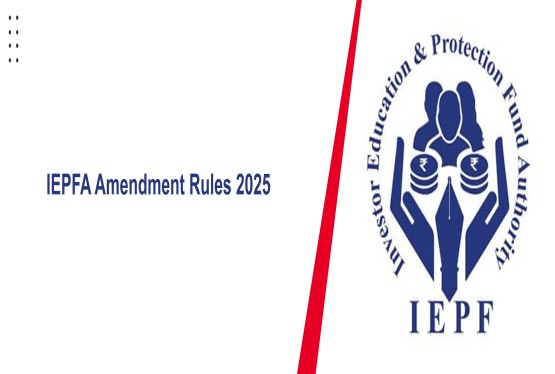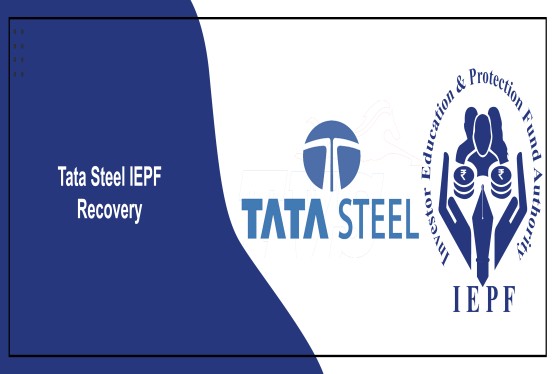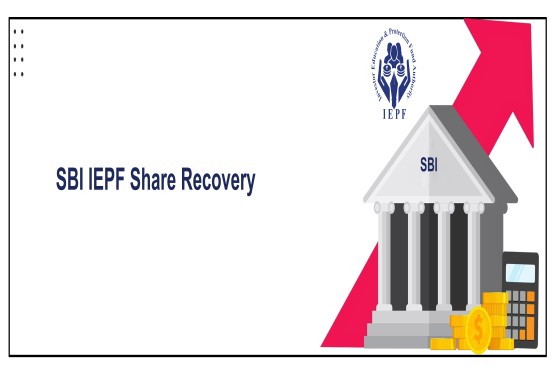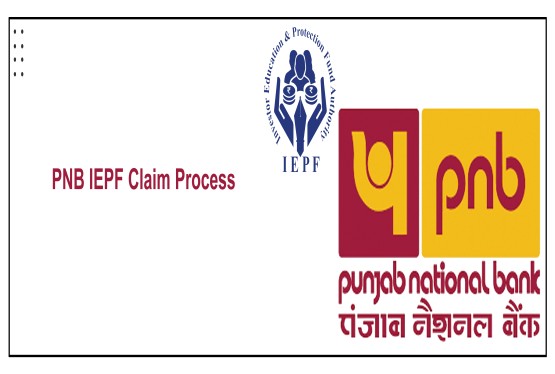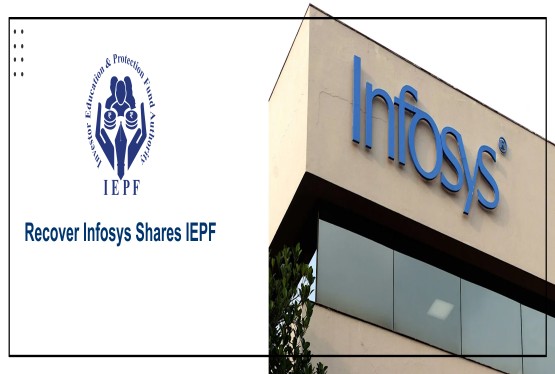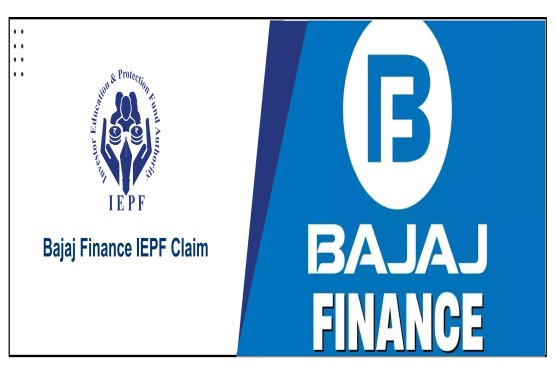A Valuation Report is a financial document that assesses and determines the fair market value of a company's assets, liabilities, securities, or business as a whole. It serves as an essential tool for stakeholders including management, investors, regulators, and auditors to make informed financial, strategic, and compliance-related decisions. For Non-Banking Financial Companies (NBFCs) in India, valuation holds even greater significance due to the highly regulated nature of their business operations and their direct involvement in the financial system.
NBFCs often engage in various transactions such as capital raising, issuance of shares or debentures, mergers and acquisitions, business restructurings, and strategic investments. Each of these corporate actions necessitates a robust and transparent valuation mechanism to ensure regulatory compliance and market integrity. Moreover, NBFCs are subject to monitoring by the Reserve Bank of India (RBI), and any misstatement or lack of compliance with valuation norms can lead to legal, financial, and reputational consequences.
The valuation process for NBFCs must align with several legal frameworks, including the Companies Act, 2013, RBI Master Directions, Income Tax Act, 1961, FEMA regulations, and Ind AS (Indian Accounting Standards). As a result, valuation reports prepared for NBFCs must not only be technically sound but also legally compliant, incorporating appropriate methodologies and professional standards.
Learn more about Different Methods of Valuation of Shares
What is an NBFC?
An NBFC (Non-Banking Financial Company) is a company registered under the Companies Act, 2013 and regulated by the Reserve Bank of India (RBI). NBFCs provide financial services like loans, investments, and asset financing but do not hold a banking license. Given their financial operations and public dealings, NBFCs are subject to stringent compliance and valuation standards, especially under RBI regulations, Income Tax Act, and Companies Act.
Where is Valuation Required for NBFCs?
Equity Infusion / Share Allotment
-
Valuation required under Section 62(1)(c) of the Companies Act, 2013 for issue of shares on preferential basis.
-
Fair value to be determined by a Registered Valuer or a SEBI Registered Merchant Banker under FEMA and RBI guidelines.
Merger, Acquisition, or Demerger
-
Valuation required under Sections 230–234 of the Companies Act.
-
Valuation report forms the basis for swap ratios and fair value calculations.
Transfer of Shares
- Valuation necessary under Rule 11UA of the Income Tax Rules for unlisted shares, especially if shares are sold to or by promoters/investors.
Investment and Lending Portfolio Valuation
-
Required for fair presentation in financial statements under Ind AS (especially Ind AS 109 and Ind AS 113).
-
RBI mandates periodic valuation of certain types of financial assets.
Regulatory Reporting and Compliance
- RBI may require valuation for determining the Net Owned Fund (NOF), Capital Adequacy, and Tier I/Tier II capital in prudential norms.
ESOPs / Sweat Equity Shares
- Valuation of equity instruments issued to employees or directors under Rule 8 of Companies (Share Capital and Debentures) Rules, 2014.
Compliances Related to Valuation for NBFCs
Companies Act, 2013
-
Section 247 mandates that only a Registered Valuer (under IBBI) can provide valuation for shares, property, assets, etc.
-
Valuation must be objective, backed by appropriate methodology (DCF, NAV, etc.), and documented with detailed rationale.
RBI Guidelines
-
RBI’s Master Directions for NBFCs require prudent valuation of financial assets and disclosure of fair value in financial statements.
-
For investment portfolios, mark-to-market valuation is mandatory in many cases.
SEBI and FEMA Regulations
-
For cross-border transactions, valuation must comply with Foreign Exchange Management (Transfer or Issue of Security by a Person Resident Outside India) Regulations, 2017.
-
Valuation by a SEBI-registered Category I Merchant Banker is mandatory in such cases.
Income Tax Act, 1961
-
Sections like 56(2)(viib) require fair market value (FMV) certification to avoid taxation of share premium as income.
-
Valuation must follow Rule 11UA/11UB for different asset classes and securities.
Valuation Methodologies Commonly Used
Discounted Cash Flow (DCF) Method
Based on future cash flows and suitable for NBFCs with predictable earnings. The DCF method is one of the most reliable valuation approaches for NBFCs with consistent and predictable future earnings. It involves projecting the company’s future cash flows over a specific period and discounting them to their present value using an appropriate discount rate (often the Weighted Average Cost of Capital, or WACC). This method considers the time value of money and is ideal for NBFCs with strong financial forecasting models, such as those with long-term loan portfolios, leasing revenues, or consistent interest income. It also captures intrinsic value and is highly sensitive to growth assumptions and risk factors.
Net Asset Value (NAV) Method
Based on underlying net worth; used for asset-rich NBFCs. The NAV method calculates the value of an NBFC based on its net worth, which includes total assets minus total liabilities. It is particularly suitable for asset-heavy NBFCs, such as those involved in infrastructure financing, mortgage lending, or vehicle finance, where the value of underlying tangible or financial assets is significant. This method is straightforward and useful in situations where income predictability is low, but asset backing is strong. It may not fully capture future earning potential but gives a clear picture of the current financial standing.
Market Comparable Method
Based on valuation multiples of comparable listed NBFCs. Also known as the Relative Valuation Method, this approach involves comparing the NBFC to publicly listed companies operating in the same industry and of similar size, business model, and financial profile. It uses valuation multiples such as Price-to-Earnings (P/E), Price-to-Book (P/B), or Enterprise Value to EBITDA (EV/EBITDA) to estimate fair value. This method reflects current market sentiment and peer performance, making it popular for investor benchmarking and during fundraising or IPO scenarios. However, the accuracy depends on the availability and relevance of comparable companies.
Income Capitalization Method
Suitable for NBFCs with stable profit streams. This method is based on capitalizing the expected income (usually net operating income or profit) of the NBFC using a capitalization rate that reflects the required rate of return. It is best suited for NBFCs with stable and predictable income streams over time. Unlike DCF, which projects multiple years of cash flows, this method uses a single period's income and assumes it continues indefinitely. It is simpler but may not capture growth potential or changes in market dynamics.
Book Value Method
Often used for regulatory and accounting purposes. The Book Value Method relies on the accounting value of the company as recorded in its balance sheet. This includes equity share capital plus retained earnings and reserves. It is most often used for regulatory, reporting, and compliance purposes rather than investment decisions, especially under tax laws or statutory filings. While it does not account for market value, goodwill, or intangible assets, it provides a baseline value often used in conservative evaluations or liquidation scenarios.
Contents of a Valuation Report for NBFC
A complete valuation report typically includes:
-
Executive Summary: This section gives a concise snapshot of the entire report. It outlines the key findings, including the final valuation figure, the valuation date, and the method used. It serves as a quick reference for decision-makers who may not review the full report in detail.
-
Background of the Transaction: Here, the report explains the reason behind the valuation, such as a merger, acquisition, capital infusion, regulatory compliance, or internal restructuring. This section provides context, so readers understand why the valuation is being conducted.
-
Business Overview of the NBFC: This portion offers insights into the company’s history, structure, services, financial performance, business model, and market position. It may also cover lending focus, customer segments, and asset quality key to understanding an NBFC's value.
-
Scope and Purpose of Valuation: This section defines the objectives and limits of the valuation assignment. It specifies whether the report is for regulatory filing, investment, dispute resolution, internal assessment, or any other specific purpose. This helps define the intended use and audience of the report.
-
Regulatory Framework Considered: This outlines the laws, standards, and guidelines that govern the valuation process, such as the Companies Act, 2013, RBI guidelines for NBFCs, SEBI regulations, and the Valuation Standards issued by ICAI or IBBI. It ensures the valuation follows legal and professional norms.
-
Assumptions and Limitations: The valuer states any assumptions made (e.g., going concern, future growth, stable interest rates) and limitations (like unaudited financials, limited access to management, or lack of market comparable). This maintains transparency about the report’s reliability.
-
Description of Valuation Methodology: This is a detailed explanation of the valuation methods applied, such as Discounted Cash Flow (DCF), Net Asset Value (NAV), or Market Comparable. It includes reasons for selecting a particular method, helping stakeholders understand the logic and fairness behind the approach.
-
Detailed Valuation Computation: The core of the report this section includes the actual calculations, such as financial projections, discounting factors, adjustments, and final value computation. It is data-heavy and provides complete visibility into how the final value was derived.
-
Conclusion on Valuation: Summarizes the final value of the NBFC along with key inputs and any supporting remarks. It also mentions whether the value is equity value, enterprise value, or fair market value, depending on the context.
-
Declaration and Signature by Valuer: This includes a formal declaration of independence, disclosures of conflict of interest, and the valuer’s credentials and signature. This section validates the report's authenticity and professional accountability, in compliance with regulatory requirements.
Role of a Registered Valuer
As per Section 247 of the Companies Act, 2013, only a Registered Valuer, recognized and registered with the Insolvency and Bankruptcy Board of India (IBBI), is legally authorized to carry out valuations for compliance purposes in India. This provision ensures that valuations conducted for activities like mergers, acquisitions, share allotments, and restructuring are undertaken by professionals with the necessary expertise, integrity, and accountability.
A Registered Valuer must follow the Valuation Standards notified by regulatory bodies such as the IBBI or Institute of Chartered Accountants of India (ICAI). These standards ensure that the valuation is done with transparency, consistency, and fairness, using well-recognized methodologies and clearly disclosing assumptions, limitations, and judgments involved. Importantly, the valuer must remain independent and unbiased, with no personal or financial interest in the entity being valued. This independence is critical for maintaining the credibility of the valuation process.
Penalties for Non-Compliance
Failure to obtain or submit a proper valuation report may result in:
-
Disqualification of board decisions (e.g., share allotment, merger schemes)
-
Penalties under Companies Act or RBI norms
-
Tax litigation under Sections 56 or 50CA of the Income Tax Act
-
Rejection of regulatory approvals (e.g., from RBI or ROC)
Conclusion
For NBFCs, valuation reports are not just a procedural formality they are integral to financial integrity, regulatory compliance, and investor confidence. Whether for internal decisions, M&A, or regulatory submissions, timely and professionally prepared valuation reports ensure that the company is legally secure and financially transparent. Engaging a qualified and registered valuer, understanding the applicable compliance framework, and maintaining documentary evidence are essential best practices for any NBFC operating in today’s regulatory environment.
Compliance Calendar LLP, through its expert advisory and structured compliance support, plays a vital role in helping NBFCs stay aligned with legal frameworks. By integrating valuation processes into a well-maintained compliance calendar, NBFCs can avoid penalties, safeguard their corporate credibility, and make well-informed financial decisions backed by professional standards.
General Queries
Q1. Why is a valuation report important for an NBFC?
Ans. A valuation report helps determine the fair value of an NBFC’s business, assets, or securities. It is essential for transactions like mergers, share allotments, restructuring, or investor funding, and is also a regulatory requirement under the Companies Act and RBI guidelines.
Q2. Who is authorized to prepare a valuation report for compliance purposes?
Ans. Only a Registered Valuer, registered with the Insolvency and Bankruptcy Board of India (IBBI), is authorized to conduct valuations for regulatory purposes under Section 247 of the Companies Act, 2013.
Q3. What methods are commonly used to value an NBFC?
Ans. Common valuation methodologies include Discounted Cash Flow (DCF), Net Asset Value (NAV), Market Comparables, Income Capitalization, and Book Value Method, depending on the nature and stability of the NBFC’s operations.
Q4. What compliance requirements are linked with valuation?
Ans. Valuation reports may be required for RBI filings, income tax purposes, Companies Act filings (e.g., share allotment, buy-back, merger schemes), and financial reporting. Timely filing and regulatory adherence are crucial to avoid penalties or scrutiny.
Q5. How can Compliance Calendar LLP help with valuation compliance?
Ans. Compliance Calendar LLP offers expert assistance in coordinating with Registered Valuers, preparing accurate valuation reports, and ensuring that all legal filings and deadlines are met through a structured compliance calendar helping NBFCs stay compliant and audit-ready.











































































_crop10_thumb.jpg)


































































_crop10_thumb.jpg)
_crop10_thumb.jpg)



_crop10_thumb.jpg)


_crop10_thumb.jpg)





_crop10_thumb.jpg)

_crop10_thumb.jpg)














-suratgujarat-section-158_crop10_thumb.jpg)
-suratgujarat_crop10_thumb.jpg)
-(33)_crop10_thumb.jpg)



-ahmedabad_crop10_thumb.jpg)
-learn_crop10_thumb.jpg)

-learnn_crop10_thumb.jpg)



























































_crop10_thumb.jpg)























_Guidelines_learn_crop10_thumb.jpg)























_learn_crop10_thumb.jpg)
_crop10_thumb.jpeg)










_crop10_thumb.jpg)




_Second_Amendment_Rules,_2025_learn_crop10_thumb.jpg)







_learn_crop10_thumb.jpg)









































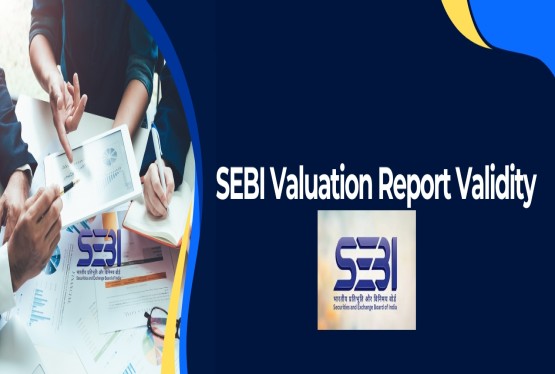

_learn_crop10_thumb.jpeg)

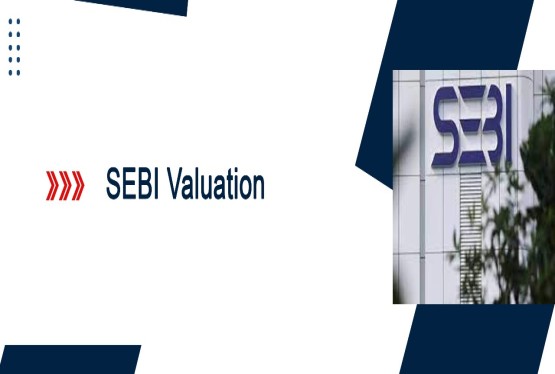







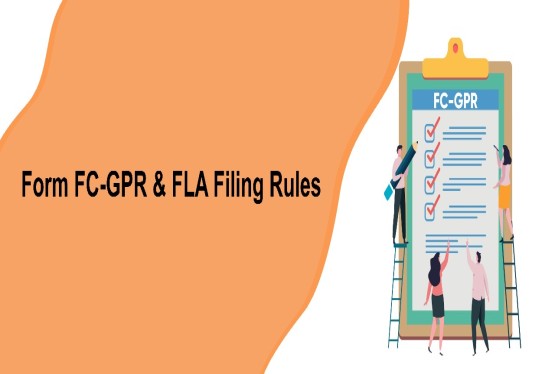






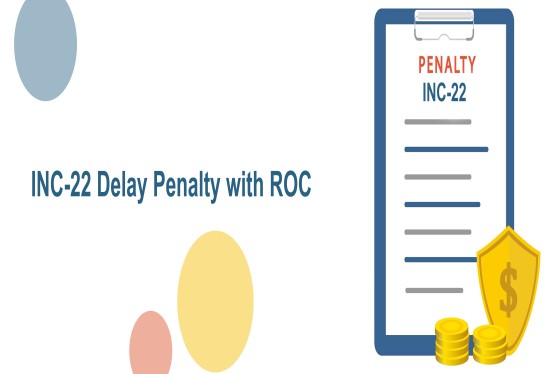


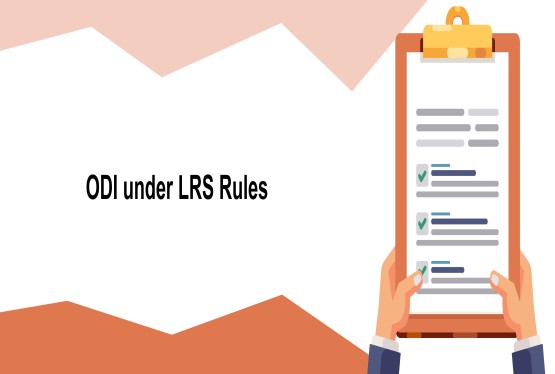
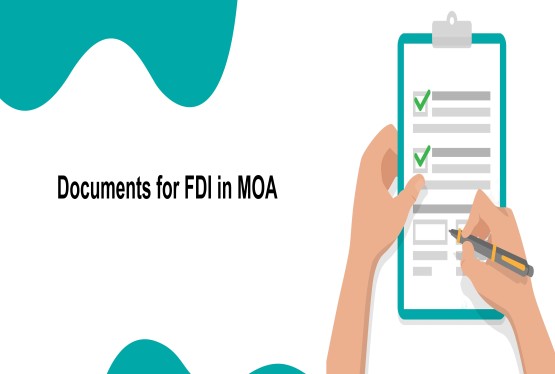


_learn_crop10_thumb.jpg)



_rd_roc_learn_crop10_thumb.jpg)






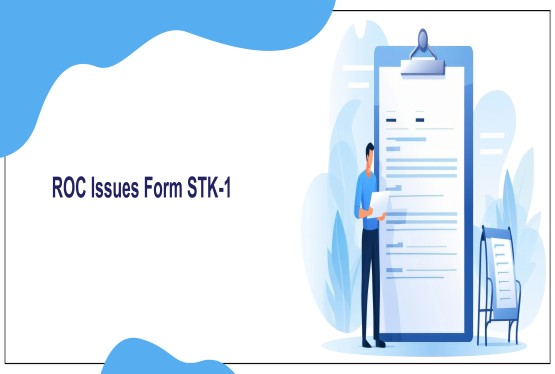









_learn_crop10_thumb.jpg)









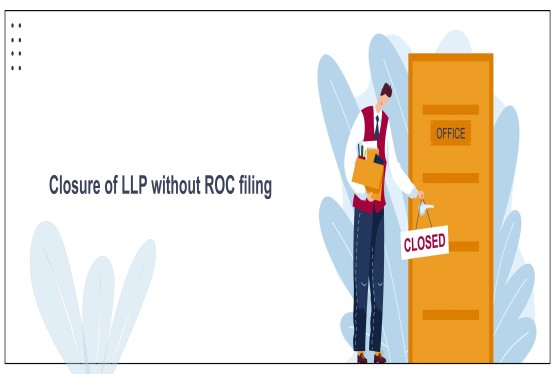


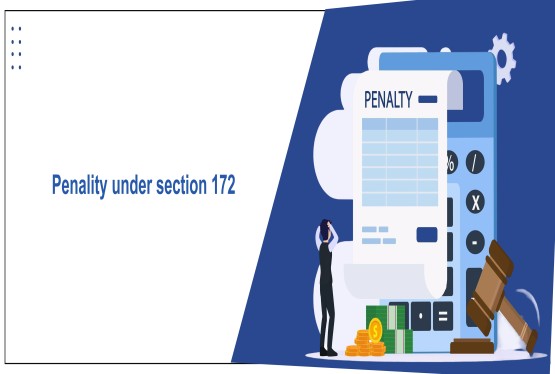

_learn_crop10_thumb.jpg)
_Learn_crop10_thumb.jpg)


